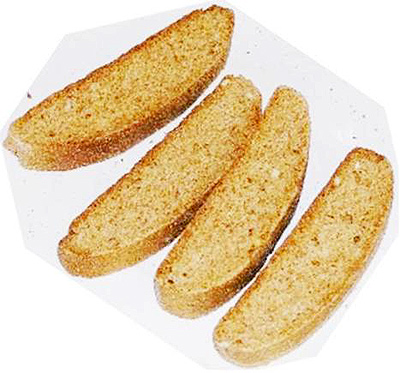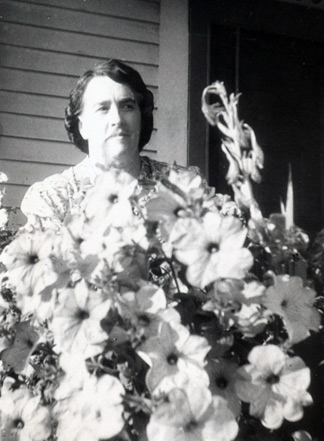 |
 |
|
 |
 |
||
|
Christmas Biscotti alla
Genovese Italy is a young nation in an old land. Through much of its post-Roman history, Italy was fragmented into numerous kingdoms and city-states long before it became a unified republic in 1861. The Italy of today consists of twenty different regions, each offering their own customs and gastronomic holiday traditions. Today, the whole world seemingly knows of biscotti. Pronounced in Italian as bee-SKOH-tee, it literally means “twice baked” – with the result of an absence of any moisture in the biscuit. Known for its resistance from spoiling, it was a staple for Roman Legionnaires; both Christopher Columbus and Marco Polo would take containers of biscotti with them on their long sea voyages.
The modern day renaissance of biscotti began in Tuscany, where it is known as biscottini or cantucci, and made with almonds. Some Tuscans call these hard, crunchy cookies wine-dunkers, for they are often times served with wine and dipped into the beverage. Like most Italian dishes, biscotti can vary from region to region. In Sicily, biscotti a rumba are diamond-shaped cookies and b. Regina (queen’s biscuits) are sesame seed biscuits. In the Boitano family household it would not be Christmas without my Italian immigrant grandmother’s plate of biscotti which stemmed from her region of Liguria. There were countless other sweet delights on the table, but biscotti were everyone’s favorite. Here’s her recipe that makes about 9 dozen.
In a bowl, mix sugar with butter, anise seeds, vanilla or whiskey. Beat in eggs. Mix with flour and powder and stir into sugar mixture. Mix in walnuts. Cover and refrigerate for 2 to 3 hours. Directly on a butter-greased baking sheet, shape dough with hands to form flat loaves and ½ inch thick, 2 inches wide, and as long as the baking sheet. Place loaves, two to a sheet, parallel and wide apart. Bake in a 375 degree oven for 20 minutes or until lightly browned Remove from oven and let loaves cool on baking sheets until you can touch them, then cut into diagonal slices ½ to ¾ inch thick. Place slices close together, cut sides down, on baking sheets, and bake in 375 degree oven for 15 more minutes or until lightly toasted. Cool on wire racks and store in airtight containers. They can last forever; well, maybe at least a year. Buon appetito! Once again, this article is dedicated to the memory of Adelina Boitano Bogny: June 26, 1902 – January 11, 1997.
|
Hi Audrey, Love your lamb shanks. --- Paul, Scottsdale AZ
Haven't been called Tad for . . .gee, maybe I've NEVER been called Tad . . . guess I'm the only one with chutzpah enough to mention Bourdain. BRILLIANT? --- Ken, Shutesbury, MA
I think we must have had an entirely different experience in the UK. (Fresh Food and Real Ale – week 1). We were up in Edinburgh and they served something called ‘Neeps & Tatties.’ The items were boiled so long that I couldn’t even recognize what I was eating. Come to think of it… I couldn’t taste them either. Later I found that Neeps’ are Turnips and ‘Tatties’ are potatoes. --- Lindy, Phoenix, AZ
My mouth was watering as I read some of your descriptions of the fantastic fare of ... England? I had always felt smug about the lowly reputation of British cuisine as this gave us at least one country with a worse culinary reputation than America's. I guess I'll have to change my views. Your article made me actually want to take a CULINARY tour of Britain. Yummy yummy yummy. --- Sandy Miner, Portland, OR Thanks for your note. Thanks to Traveling Boy I get to interview a world famous chef this week who is widely recognized as spearheading the Yummy movement in Ireland. Guess I'll have to take yet another culinary tour a little further north and check it out... (I love my job!) --- Audrey
Very interesting, mouth-watering piece by Audrey! (A McDreamy McMeel). Your web site is fascinating! --- Susie, Victoria, BC
Combining travel, food, and intelligent advice -- BRILLIANT! Your site fills a long-felt need for hungry roamers. Keep it up! It's Anthony Bourdain with reservations and CLASS. --- Tad, Boston, MA
|
This site is designed and maintained by WYNK Marketing. Send all technical issues to: support@wynkmarketing.com

|
















